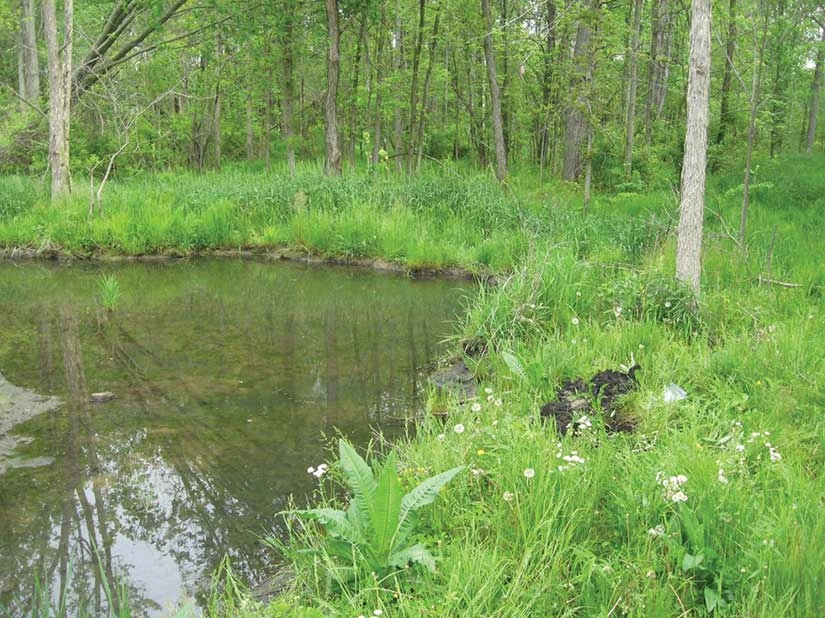Design-Build of a Springwater Intercept System
Client Challenge
A secure naval nuclear propulsion research and development complex faced compliance and operational concerns related to an aging spring and seep water treatment system. Regulatory drivers required the treatment of low-level chlorinated volatile organic compounds (CVOCs)-contaminated influent to less than one part per billion, with wide seasonal variations in water flow rates.
To achieve the required levels of reliability and efficiency, construction of a new springwater intercept system (SIS), including a new permanent building structure with all new utilities, was needed.
GES Solution
GES brought together a cohesive team of architectural, engineering, construction, remediation, and project management professionals to plan and execute the design-build project. The project ranged from architectural and civil engineering design through system construction, testing, commissioning, and transfer to client personnel for ongoing operation and maintenance (O&M).
The new system and its building were designed with an understanding of operational efficiency and safety. Full system redundancy ensures continuous system uptime while meeting the permitted discharge requirements. Fluctuations in water flow are addressed by a treatment flow rate that can range from zero to 400 gallons per minute.
The engineered design incorporates multiple efficiencies and safety enhancements. A programmable logic controller reduces electrical consumption and labor requirements by automatically optimizing system performance and valve adjustments. The installation of all equipment within the building and above grade has removed any need for higher-risk manhole and confined space work. Redundant treatment units allow for scheduled O&M activities while maintaining system operation. The system’s cleaner design also reduced the need for air-treatment equipment, enabling GES to obtain regulatory approval to remove this cost component from the new system.
Client Value
These design advantages will provide significant ongoing operational savings, estimated upwards of $20,000 per year. Construction has progressed with a work plan that minimizes impact to facility activities and maintains operation of the current system with no down time. GES has managed the contractor safety program with no injuries to any on-site workers. Final system commissioning and transition to the O&M phase incorporate comprehensive system testing, documentation, and operator training to ensure continued failsafe operation.
